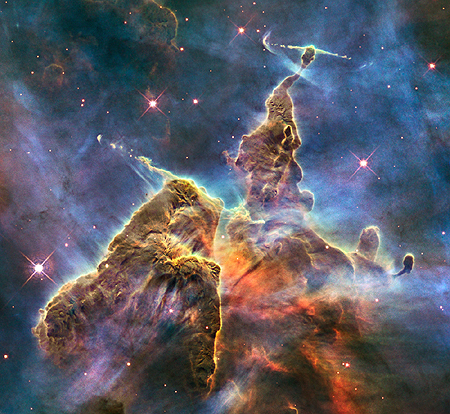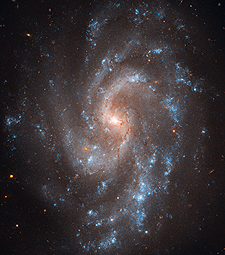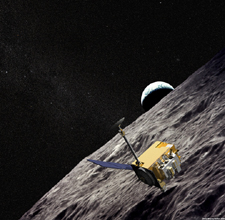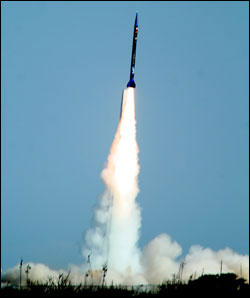
Name A Star Live is the only star-naming service that launches your star’s name into space, and provides you a launch certificate after each launch occurs. We’re operated by Space Services, Inc. – a real aerospace company that has been launching payloads into space since 1982.
We’re often asked by our customers how, exactly, we launch the star names.
First, we launch more than just your star’s name: We launch all of the unique information from your Star Certificate, including the star’s name, what the star is named in honor of, the star’s registration date, the message you write for your gift recipient, the star’s astronomical coordinates and your order number. We save all of this information in our database of stars — our star register, or “archive of star names”: Your star will be assigned the name you give it, and will never be assigned any other name in our star register.
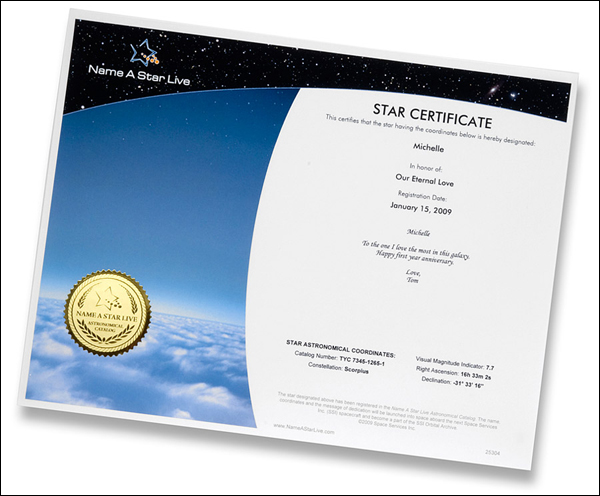
Second, for each mission we save our star database onto a data storage device. We then ship this device to the facility where the rocket is assembled. Technicians integrate the device into the rocket as a “secondary payload” — we ‘piggyback’ on rockets that carry scientific or communications “primary payloads” into space. The technicians must integrate the device into the rocket weeks, or even months before liftoff. So there necessarily is a delay between the time you name your star and the time your star name and other related information are launched.
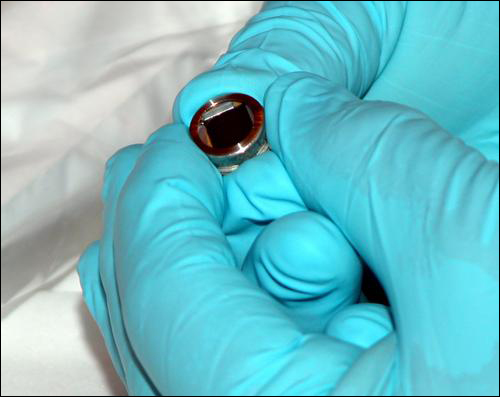
Please note that our spacecraft and missions are carefully designed so as not to create space debris, and our data storage device is never released into space. For example, for our missions that fly in Earth orbit, our data storage device remains permanently attached to a rocket stage or a satellite that orbits Earth until the spacecraft harmlessly re-enters and is completely consumed by Earth’s atmosphere.
Scheduling a rocket launch is not like booking a flight on an airplane. While airline flights may be delayed a few minutes or hours due to weather or other reasons, normally your airplane flight will take off from your airport at least on the same day your flight is scheduled for departure. In contrast, rocket launches often are delayed for days, weeks, months or even years due to a variety of technical or other reasons inherent in spaceflight. You can find information about our upcoming missions by visiting our online launch schedule.
Third, depending on the mission, your star name will:
- Fly on a brief trip to space and return to Earth,
- Orbit the Earth (as an “orbital archive”),
- Fly to the Moon, or
- Fly into deep space.
In most cases you can attend each launch in person! Our parent company, Space Services, Inc., has had payloads launched from locations around the world, including: Kennedy Space Center, Florida; Cape Canaveral, Florida; Spaceport America, New Mexico; Vandenberg Air Force Base, California; New Zealand; the Canary Islands; and the Marshall Islands. But if you can’t join us for the launch, you can usually view the launch live via webcast.
No matter the mission, after each liftoff you can download a letter-size, Digital Launch Certificate confirming that your star name flew in space. This is provided to you via the Internet: You can even order a Printed or Framed Launch Certificate. This certificate displays your star’s name and astronomical coordinates, as well as information about the launch.
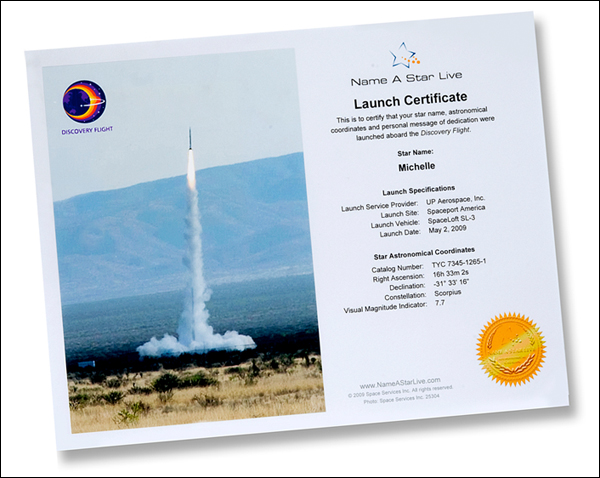
Launching your star’s name and other details into space is part of what sets Name A Star Live apart from other star-naming companies: Through our launches, we make the symbolic gesture of naming a star a real and exciting experience!
